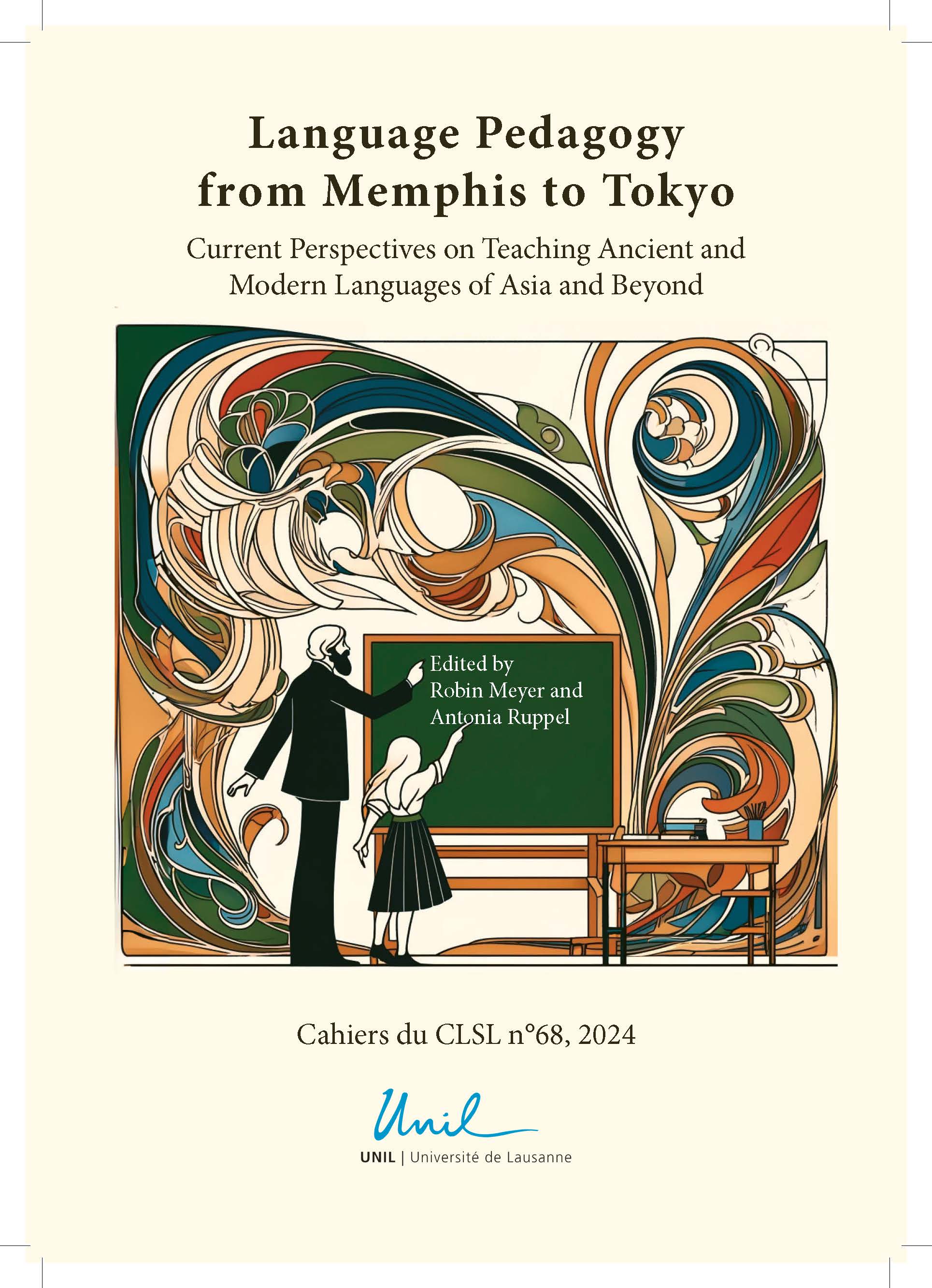Abstract
This paper addresses Persian Complex Predicates (CPs) from an Applied/Pedagogical Construction Grammar (PCxG) stance. PCxG is an approach to foreign language pedagogy that emphasises the importance of constructions (form-meaning pairings), which are patterns of words and grammatical structures that have meaning beyond the sum of their individual parts. According to Goldberg (2006: 3), it is ‘an attempt to describe language in a way that is both descriptively accurate and pedagogically useful’. Persian CPs are multi-word predicates comprised of twenty so-called light verbs and a non-verbal element (noun, adjective, adverb, preposition, verbal particle, complex noun, noun plus adverb) forming a single conceptual unit (e.g. pakhsh kardan, lit. scatteredADJ do, ‘to spread’; and charkh zadan, lit. wheelN hit, ‘to stroll’). Persian CPs present a compelling challenge to linguistics due to their lexical and phrasal properties. For example, they can undergo derivational processes, but they are also syntactically separable by the negation prefix, future auxiliary, or the direct object clitics. In this study, I argue that for teaching Persian CPs to English speakers a PCxG approach can be construed as a multidisciplinary effort aiming to elicit those aspects of Construction Grammar (CxG) that can be tied in more explicitly with Applied Linguistics, teacher education, and foreign language pedagogy.

This work is licensed under a Creative Commons Attribution 4.0 International License.
